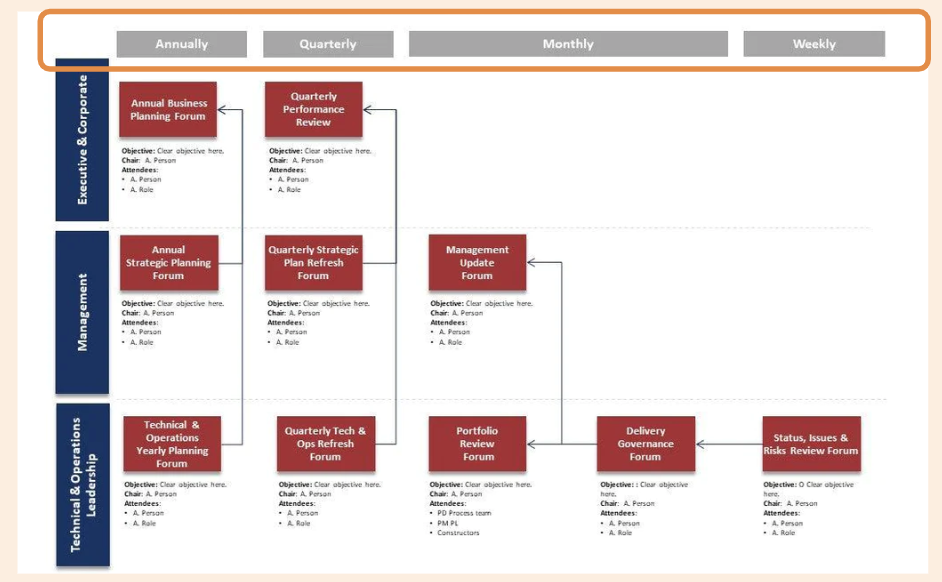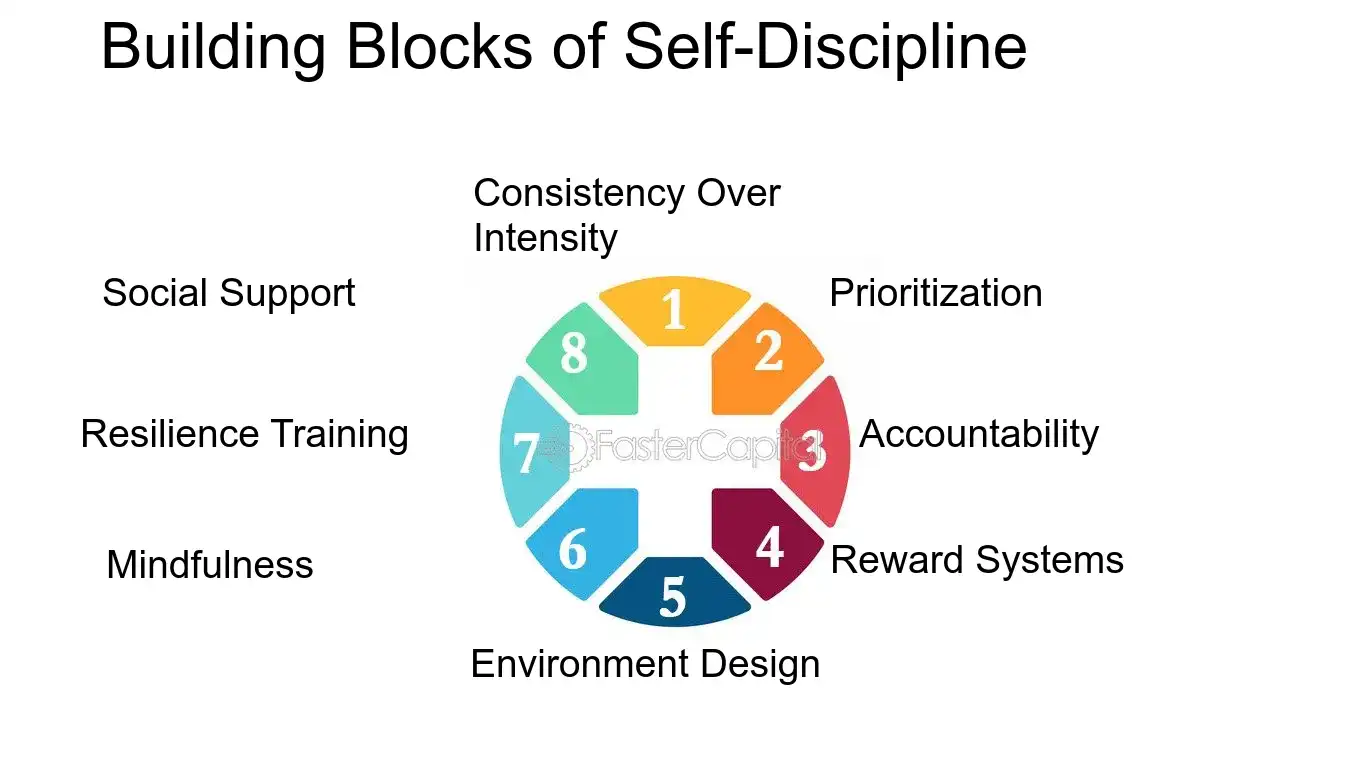In today’s fast-paced economy, many organizations strive for growth by expanding their products, services, and operational frameworks. However, what starts as strategic innovation often morphs into over-complex business models — structures so intricate that they silently drain resources, slow decision-making, and reduce profitability. Understanding and addressing this hidden cost is essential for maintaining long-term efficiency, agility, and sustainability.
Why Business Complexity Grows
Accretion, Inertia, and Short-Term Fixes
Complexity doesn’t emerge overnight; it accumulates gradually. Businesses add new features, processes, or systems to solve immediate problems, but rarely remove outdated ones. Over time, this creates a maze of overlapping workflows that become increasingly difficult to manage.
The root causes include:
- Reactive decision-making: Adding processes to patch issues rather than resolving root causes.
- Organizational inertia: Reluctance to retire old products, policies, or systems.
- Fear of change: Worry that simplification might lead to lost customers or missed opportunities.
Misaligned Incentives and Siloed Decision-Making
Departments often optimize for their own goals — sales aims to increase revenue, operations seeks efficiency, finance focuses on compliance. When these objectives conflict, teams introduce layers of policies, exceptions, and systems to protect their interests. This silo mentality results in disjointed workflows and inefficiencies that erode cross-functional collaboration.
Technology as Both Cure and Cause
Ironically, technology can amplify complexity. While digital tools promise automation and scalability, too many disconnected systems lead to technical debt and integration chaos. Multiple platforms, custom solutions, and outdated software create duplication and increase maintenance costs, making operations slower and riskier over time.
The Financial Toll: Direct and Indirect Costs
Direct Operational Costs
Complexity has a tangible financial impact. Maintaining convoluted models requires more time, money, and expertise.
Some of the direct costs include:
- Increased labor costs: More employees are needed to manage processes, systems, and exceptions.
- Higher IT expenses: Complex integrations demand expensive tools, licenses, and ongoing maintenance.
- Longer sales cycles: Confusing pricing models or contract structures slow negotiations and close rates.
Indirect and Opportunity Costs
Beyond the visible expenses, over-complexity carries hidden opportunity costs that are equally damaging.
These include:
- Missed market opportunities due to slow response times.
- Lower innovation ROI as resources are tied up maintaining legacy systems.
- Customer churn caused by unclear products or inconsistent service experiences.
Compliance and Risk Exposure
Complex business structures often obscure accountability, making compliance and risk management harder. When rules and responsibilities are scattered across teams and systems, the likelihood of regulatory violations, audit failures, and reputational damage increases significantly.
Operational Consequences of Complexity
Slower Decision-Making
With too many exceptions and approval layers, decision-making grinds to a halt. Employees spend time navigating bureaucracy rather than executing. This reduces agility, allowing leaner competitors to seize opportunities first.
Fragile Processes and Workarounds
In highly complex systems, employees often create “workarounds” just to get things done. These informal shortcuts are risky — they make processes dependent on individual knowledge, reduce scalability, and create bottlenecks when key staff leave.
Data Inconsistencies and Poor Analytics
Complex structures generate fragmented data across multiple systems. This leads to inaccurate reports, unreliable forecasts, and misaligned strategies, forcing teams to make decisions based on incomplete or outdated information.
The Human Cost of Complexity
Employee Burnout and Cognitive Overload
When employees constantly juggle exceptions, approvals, and redundant systems, their mental load skyrockets. This environment leads to burnout, lower morale, and decreased productivity, directly impacting performance and retention rates.
Difficult Onboarding and Training
Training new hires becomes a major challenge in complex organizations. Long onboarding times and confusing processes reduce efficiency and cause frustration, delaying new employees’ ability to contribute effectively.
Erosion of Ownership and Accountability
In a tangled business model, ownership becomes unclear. When no one is fully accountable for decisions, problems linger, mistakes multiply, and overall responsibility diffuses across departments.
Customer Impact: The External Price of Complexity
Confusing Product Offerings
When companies offer too many variations, pricing options, or hidden conditions, customers experience choice paralysis. Confusion leads to lost sales, lower satisfaction, and reduced brand loyalty.
Inconsistent Service Delivery
Overly complex internal structures often produce inconsistent customer experiences. When different teams follow different rules, service quality varies, creating mistrust and negative word-of-mouth.
Hidden Fees and Perceived Unfairness
Customers value transparency. Complicated billing systems, fine print, or unexpected charges breed frustration and can damage long-term relationships, even if the company’s intentions are good.
Technical Debt and Maintenance Burden
Integration Fragility
Each new system added to an already complex framework increases integration fragility. Small changes in one area can cause chain reactions elsewhere, creating downtime and costly repairs.
Innovation Bottlenecks
Development teams spend more time maintaining old systems than building new ones. This stifles innovation, prevents agility, and limits a company’s ability to experiment with new products or markets.
Security Vulnerabilities
More systems and processes mean more entry points for cyber threats. Poor documentation and inconsistent protocols make it difficult to maintain strong cybersecurity defenses, increasing the risk of data breaches.
Measuring the Hidden Costs of Complexity
Quantitative Indicators
To uncover the true impact of complexity, track key operational metrics such as:
- Time-to-quote and time-to-fulfill orders
- Customer churn and satisfaction rates
- Average time-to-resolution for customer issues
- Maintenance spend as a percentage of IT budget
- Number of exception approvals required monthly
Qualitative Signals
Quantitative data should be complemented with feedback from employees and customers.
Pay attention to:
- Frequent employee complaints about unclear processes
- High training times for new hires
- Customer confusion regarding product choices or billing
- Departmental disputes over ownership or accountability
Simplifying Without Sacrificing Value
Step 1: Map the Current State
Begin by documenting every product, process, and decision flow. Visual mapping helps identify redundant steps, conflicting policies, and areas of unnecessary complexity.
Step 2: Rationalize Product and Service Portfolios
Eliminate offerings that create more operational burden than revenue. Focus on high-value, high-margin products that align with your core strengths. Simplify pricing tiers and eliminate excessive customization options.
Step 3: Standardize and Automate
Implement standardized workflows supported by automation. Focus on automating routine, repetitive tasks instead of exceptions, freeing human talent for higher-value work.
Step 4: Streamline Technology Infrastructure
Consolidate overlapping software systems and migrate to integrated platforms where possible. A unified technology ecosystem improves efficiency, data consistency, and scalability.
Step 5: Strengthen Governance and Ownership
Establish clear accountability for each process or product. Centralize key policies and maintain a single source of truth for all rules, guidelines, and procedures.
Step 6: Measure, Learn, and Iterate
Simplification is a continuous process. Regularly measure results, collect feedback, and adjust strategies. Encourage cross-department collaboration to sustain long-term clarity and efficiency.
Cultural and Leadership Factors
Leading Through Simplification
Leadership commitment is vital to reducing complexity. Executives must:
- Promote clarity over customization
- Reward teams for simplifying workflows and reducing waste
- Communicate the strategic benefits of simplification across all levels
Building a Culture of Clarity
Organizations that thrive on simplicity share a culture of transparency and accountability. Encourage open communication, minimize redundant meetings, and empower employees to question unnecessary steps or policies.
Conclusion
Complexity may appear as progress, but in reality, it often acts as a silent tax on growth, innovation, and employee morale. Simplifying business models doesn’t mean sacrificing sophistication—it means creating a more agile, customer-centric, and sustainable organization. The companies that master simplification not only reduce costs but also gain speed, clarity, and competitive advantage.
FAQ – Frequently Asked Questions
Q1. How can a company identify when its business model has become too complex?
When decisions slow down, processes require multiple approvals, or customers express confusion, it’s a sign your model has outgrown its efficiency.
Q2. Does simplification always mean cutting products or services?
Not necessarily. Simplification focuses on removing redundancy and inefficiency while preserving value. You can streamline processes without eliminating offerings.
Q3. How does over-complexity affect customer experience?
Complex models often lead to confusing pricing, inconsistent service, and poor communication—all of which reduce customer trust and loyalty.
Q4. Can technology help reduce business complexity?
Yes, but only if implemented strategically. Consolidating systems and automating repetitive tasks can simplify operations, but adding more tools without integration worsens the problem.
Q5. How long does it take to see results after simplifying operations?
Small process changes can show results within months, while larger transformations may take 12–18 months to deliver measurable improvements.
Q6. What are the first steps to reducing organizational complexity?
Start by mapping current workflows, identifying redundant tasks, and engaging cross-functional teams to prioritize areas for simplification.
Q7. Why do companies resist simplification even when they know it’s necessary?
Fear of change, perceived loss of control, and internal politics often prevent simplification. Overcoming this resistance requires strong leadership and clear communication about long-term benefits.



